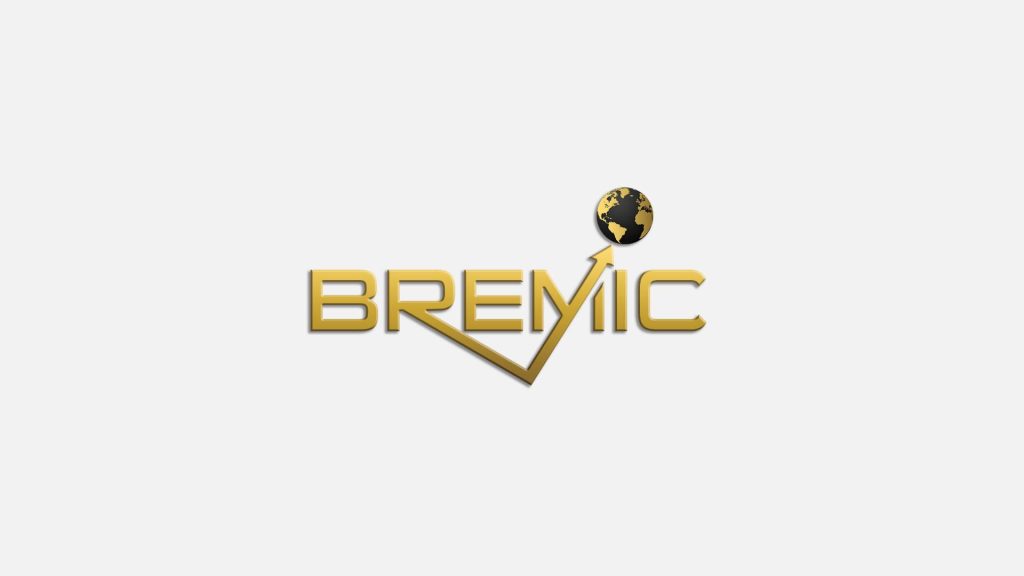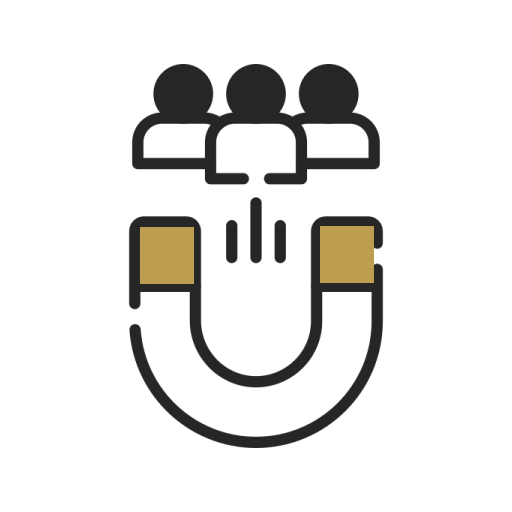Understanding the Power of Definition Templates in Web Design
Web design involves ensuring that your website is visually appealing and functional to visitors. There are several elements that constitute a good website design, including the use of template. Definition templates are a crucial component of web design, and their application is vital to achieving consistency in design across different pages.
This blog post will help you understand what definition templates are, how they are used in web design, and their importance in maintaining a consistent design. By the end of this article, you will have a better understanding of how definition templates can improve your website’s design.
What are definition templates?
In web design, a definition template is a predefined structure that determines the layout, formatting, and functionality of a website. It serves as a framework for creating multiple pages on a site while maintaining a consistent design. These templates can include the header, footer, and sidebars that are visible on every page of the website.
Definition templates are used to create a consistent look and feel of the website, which makes it more user-friendly. They make it easier to manage the website’s design by providing a consistent framework for future site updates and changes.
How are they used in web design?
When using a content management system (CMS), definition templates are crucial to maintaining a consistent design across multiple pages. By applying a template to a page, the designer can ensure that certain elements of the design, such as colors, font styles, sidebar placement, and menu navigation, are consistent throughout the website.
A definition template can be used for different purposes, such as product pages, blog pages, and homepage design. By designing templates for each of these pages, designers can save time and ensure consistency across the site.
Importance in web design
The use of definition templates is essential in web design for two core reasons: consistency and efficiency. When the same design and layout are used across all of the site’s pages, it becomes easier for users to navigate the website. This consistency also enhances trust through improved user experience.
Moreover, by using templates, web designers can save time and streamline the design process. They can also have more time to focus on more customized aspects of the site’s design instead of starting from scratch for each new page.
Different types
There are different types of definition templates in web design. The most common include:
- Structural templates: These define the basic layout of a website, including header, footer, sidebar, and main body content.
- Content templates: These are used to define the layout and formatting of text-based content, such as articles and posts.
- Style templates: These define the visual style of the website, including colors, fonts, and other design elements.
- Page templates: These define the design of specific pages on a website, such as product pages, blog pages, and landing pages.
Conclusion
Creating a consistent design framework is crucial for successful web design. Definition templates are an integral part of web design that can help to achieve this goal. By using these templates, you can create a consistent design theme across your website and promote trust among your visitors. Remember that different templates are used for different purposes, and understanding this will help you design a website that is both visually appealing and functional to users.
















